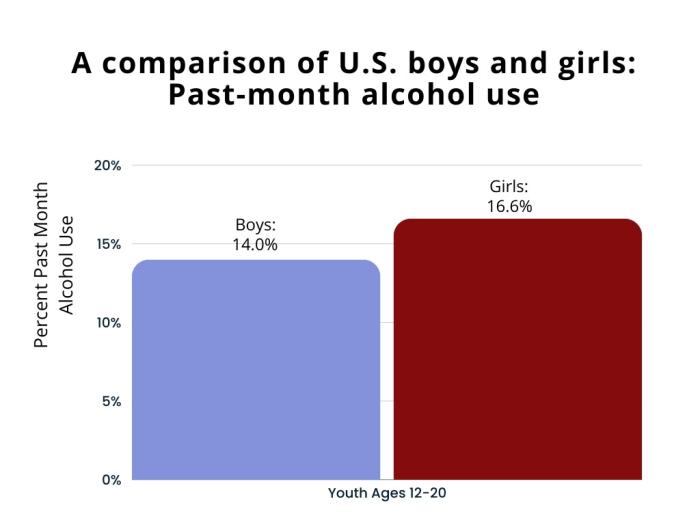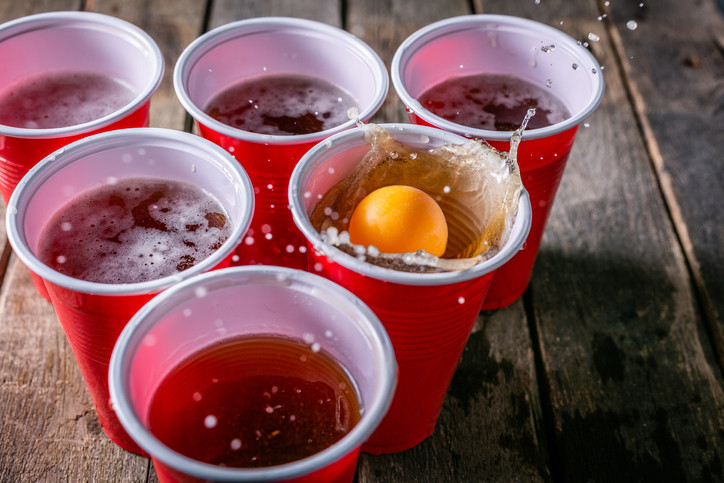Effects of alcohol and other drugs on job performance and family
Some people think about their use of alcohol or other drugs, but they are not convinced they have a problem. Other people are secretly concerned, but they minimize the extent of the problem by blaming other people or circumstances. Still others realize they have a problem-perhaps family members or employers have told them that they “need some help” but they aren’t sure how serious it is or what help is available.
This fact sheet presents some of the possible effects of alcohol and other drug use. It presents them by phases of use-early, middle, late middle, and late phases 1-and it emphasizes the visible signs in general behavior and job performance for each phase. The fact sheet does not, however, provide a way for you to diagnose whether you have an alcohol or drug problem, or the seriousness of a problem. You should not assume a diagnosis of alcoholism or other addiction, even if you are experiencing some of the visible signs and symptoms listed in this fact sheet.
FACTS ON UNDERAGE DRINKING
Alcohol continues to be the most widely used substance of abuse among American youth, and a higher proportion use alcohol than tobacco, marijuana, or other drugs. Underage drinking often begins at an early age. Of those who drink underage, 15 percent began using alcohol before they were 13 years old.
Nearly 2.3 million 12- to 17-year-olds used alcohol for the first time in 2019, which averages to approximately 6,200 adolescents who began using alcohol each day. Underage drinking is common and often excessive. In 2019, over 7 million 12-to 20-year-olds reported past month alcohol use, over 4 million reported past month binge drinking, and nearly 1 million reported past month heavy alcohol use.
On their most recent drinking occasion, 72 percent of youth reported that they obtained alcohol for free. Most got their alcohol from a non-relative who was older than 21 (22 percent) or person under 21 (12 percent). Half of them drank the alcohol at someone else’s home.
Alcohol is just as addictive as any other drug substances, and its use causes various physical, psychological, social, and financial problems. Addictiongroup.org
NATIONAL DRUG TAKE BACK DAY
Alcohol use in teens and young adults
According to the Centers for Disease Control and Prevention (CDC), alcohol is the most commonly used substance among young people in the US. Although rates of drinking and binge drinking have been going down over recent decades, national surveys show that among youth and young adults, one in five report drinking alcohol in the past 30 days, and one in 10 report binge drinking. The 2019 Youth Risk Behavioral Survey found that more than a quarter of high school students drank alcohol in the 30 days before they took the survey, and one in seven reported binge drinking in that same time period.
Change a life today
Discover resources to keep your children and family members protected from the dangers of alcohol or drug exposure and abuse. Our team members incorporate creative prevention, intervention and mitigation strategies that will help you to steer clear of the ever present and evolving snares associated with drug exposure in our communities.





